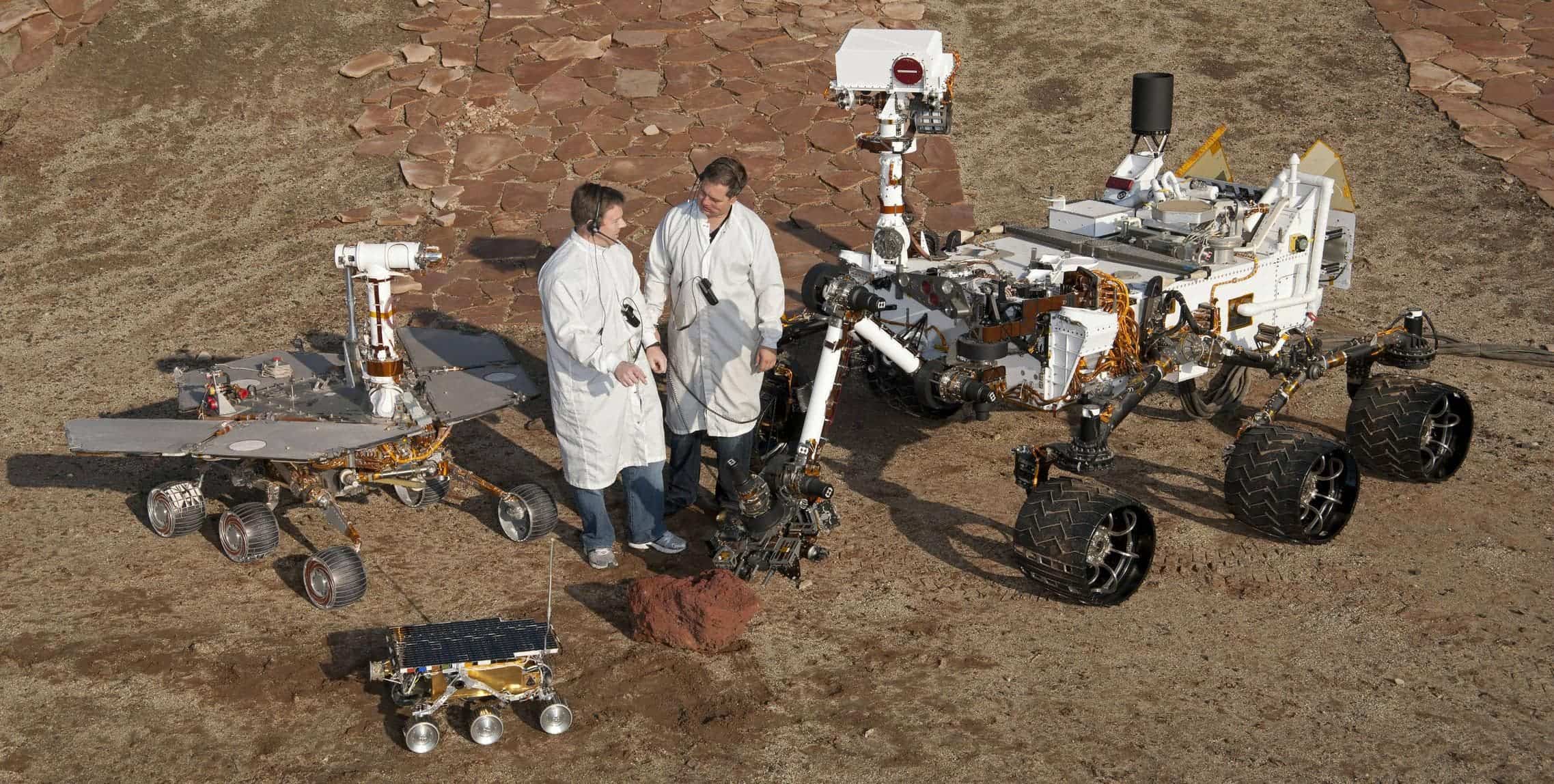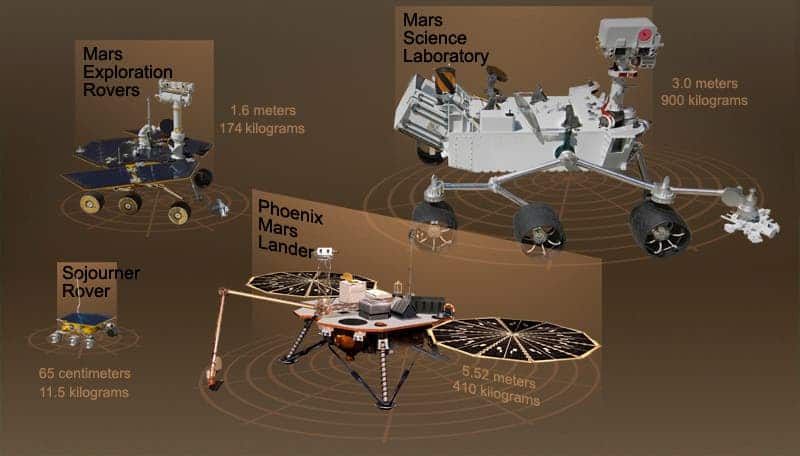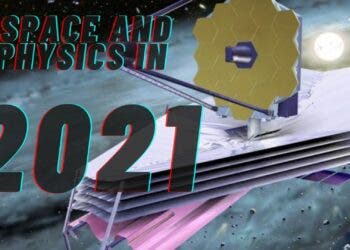Curiosity has landed. The Mars Science Laboratory is set to go, and today, we’ll be writing tons of posts about it: videos, pics, facts, etc – given that it is, without a doubt the most important accomplishment of the year in space exploration.

Unlike Spirit and Opportunity, Curiosity doesn’t use solar panels as an energy source, but instead, relies on a much larger thermonuclear electric generator that produces electricity from the heat of plutonium-238’s radioactive decay. Longer-living and more reliable than solar power, the thermonuclear generator can provide Curiosity with power for at least a full year on Mars—687 days on Earth, while also pumping warm fluids through the rover to keep it at the right operating temperature.







